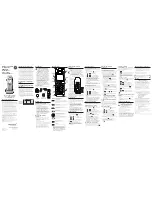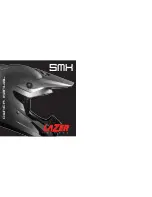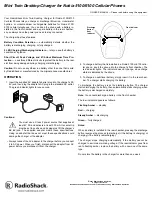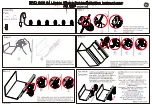
14
Dim image:
•
With smooth gradations -Try Increase lighting, check cameras F-
Stop, Exposure control settings.
•
With banding-Check cable wiring of the data bits. Remember that
Imagenation biases the Data connection to the upper bits of each
channel. If this is wrong you may not be seeing all the bits.
All Black image:
§
Check cable wiring.
FDV, LDV, Pixel Clock hook up.
§
Check Power connector to camera. (if power from FG check to see
if power connector is hooked up to PXD1000.
§
Is the camera shutter open.
§
Try setting Configuration Application to free running mode.
§
Some cameras have enable line that needed to be connected to
Control0, which will need to be set High in the Configuration
Application.
§
Check Exposure setting.
§
Is the image depth set correct in the Configuration Application
Y8, Y10, Y12 or RGB32.
Output formats/standards – i.e. RS422, TTL, LDVS(?)
RS644/RS422 are the type of input/output signal generated by the camera.
They are parallel differential signal (The state of the signal at the receiver
is determine by the potential difference between two wires)
The Interface data receivers are LVDS on the data connector and the
signals on the I/O connector are single ended TTL only (Reference pages
51-58 and 336 of our manual). The LDVS lines will work with standard
TTL levels but require a change to the cable wiring to the connector. The
type of output signal generated by the frame grabber (single ended TTL or
differential RS422) can be set for Hdrive, Vdrive, strobe0 and strobe1.
Note that the strobe outputs on the I/O connector are TTL level signals
only.
TTL : Transistor Transistor Logic (5v Level true)
LVTTL: Low Voltage Transistor Transistor Logic ( 3.3 Volt Level True )
LVDS: Low Voltage Differential Signals (The state of the signal at the
receiver is determined by the potential difference between two wires.)








































